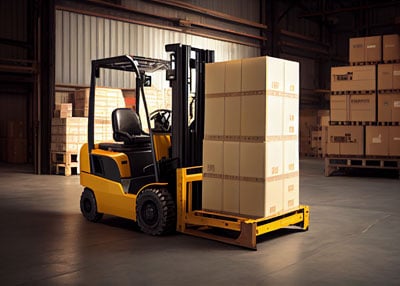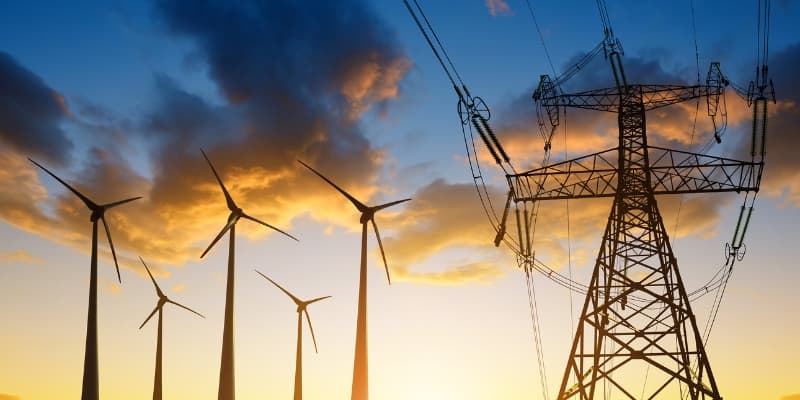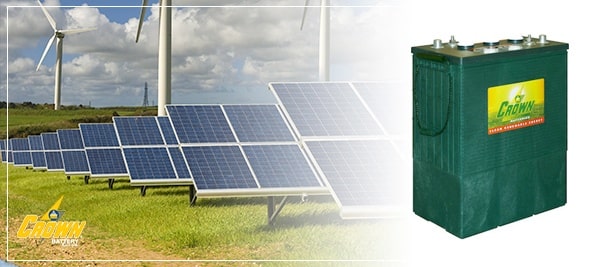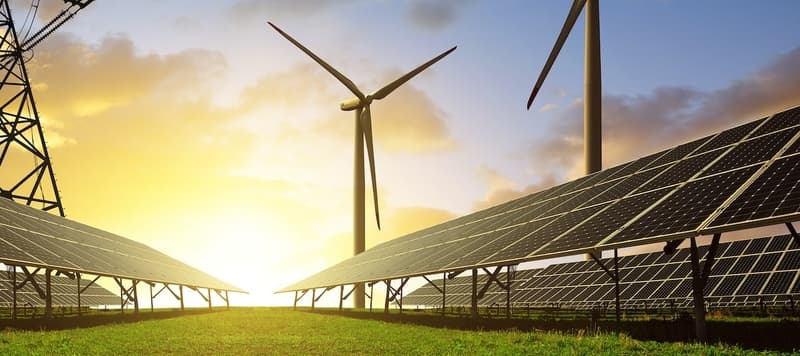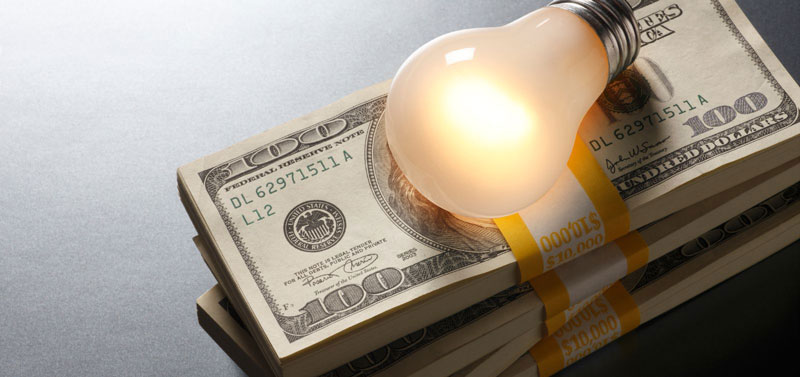The transition to renewable energy is no longer a pipe dream; it’s reshaping our grid and world. Here’s what you need to know about renewables + energy storage:
The renewable energy revolution is transforming our world, expanding access to clean energy and improving the climate and energy independence.
And renewables work best with one crucial component: battery technology.
In this blog post, you’ll discover how batteries are powering the renewable energy transformation – and empowering people across the world – including:
- How batteries stabilize our power grid and make renewable expansion possible
- Innovative projects like grid-scale energy storage and demand response
- Why energy storage enhances energy security
- What decentralized energy means for you (it’s not just greater reliability)
- Peak shaving: how to lower energy costs with an efficient system
Stabilizing the Grid with Renewable Energy
For the renewable energy sector, batteries ensure more reliable and consistent renewable energy sources, enhancing the viability of renewable projects.
Most renewable sources, especially solar and wind, are intermittent. Because batteries don’t always produce electricity, they ensure steady power on demand.
How it works: Batteries store excess energy during peak production – daylight for solar and often nighttime for wind. Then, batteries release stored energy when production is low, ensuring a consistent energy supply.
Energy storage + renewables helps stabilize and balance supply and demand in the electrical grid.
Supersized: Grid-Scale Energy Storage
Large-scale battery systems are crucial for integrating renewable energy into the power grid.
These ultra-high-capacity battery banks provide backup power, manage peak loads, and help with frequency regulation. This storage enhances the grid's efficiency and reliability while reducing production costs and emissions.
Grid-scale batteries help prevent power outages and reduce the need for “peaker plants,” inefficient backup generators that typically burn fossil fuels to meet excess demand.
Enhancing Energy Independence and Security
Because they store renewable energy, batteries reduce our dependency on fossil fuels, thus enhancing energy security. As we shift to more renewables and rely less on imported fossil fuels, we create a more sustainable, predictable energy supply – with more stability and less energy dependence.
Decentralizing Energy Systems
With batteries and advanced power networks, it’s possible to create microgrids and decentralized energy systems. Capable of operating independently of the main grid, these systems are resilient against larger grid failures and empower communities to manage their own energy. Microgrids and similar systems are especially helpful in remote or underserved areas – resulting in more sustainable, resilient energy systems.
To see how Crown Battery helps power Central Asia's Largest Off-grid Solar Power System, click here. (Article from North American Clean Energy)
Demand Response and Load Shifting
When there’s a higher electrical demand, power companies must turn on expensive peaker plants – or buy power from other producers.
So, many electric utilities have a more expensive rate tier during high demand (“peak pricing”). This is typically from 1:00 pm to 7:00 pm, when air-conditioning and commercial and heavy machinery operate the most.
But peak pricing only raises prices if you use the grid when energy is most expensive.
In many locales, you can 1) get energy from the grid when it’s cheap, 2) store it in batteries, and 3) use that energy or sell it back to the grid during peak demand, when electricity is more expensive.
To learn how savvy businesses and homeowners profit from peak demand – while reducing their carbon footprint – read Peak Shaving: Lower Energy Costs with an Efficient System.
Conclusion
Batteries are crucial for transitioning to renewable energy and a more sustainable future.
And understanding their role in stabilizing the grid, enhancing energy security, and decentralizing energy systems is critical to staying on the cutting edge – and preparing for the future.
For more on batteries for renewable energy, see more articles here.

